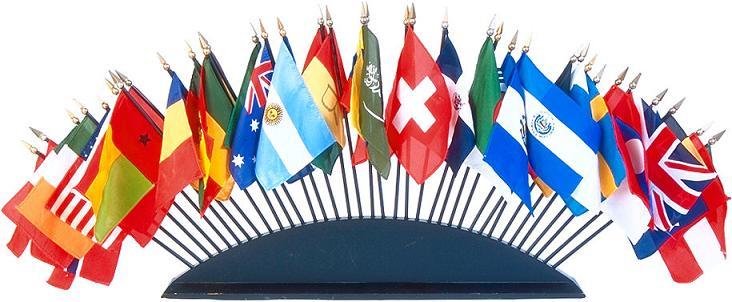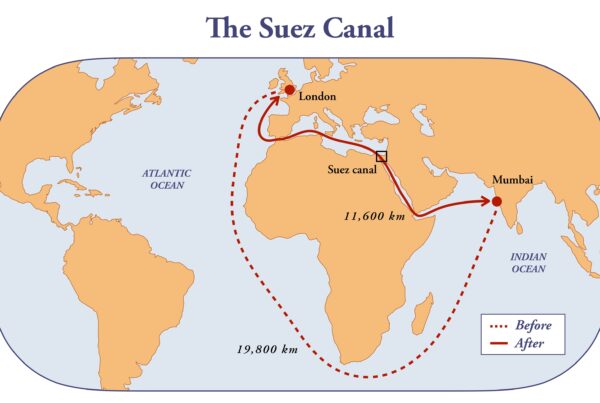Free Trade Agreements (FTA) can increase your exports. If you have not considered marketing to free trade agreement countries, you might want to start today.
Two trade barriers that are improved with a free trade agreement are reduced tariffs & aligned regulations. While reduced tariffs lower the cost of duties and taxes, what can aligning the regulations do?
When the FTAs are created the negotiators work to reduce unnecessary, duplicative, or overbearing regulations in the FTA country. By doing this, it helps speed up the entry of most products into the FTA foreign market.
Keeping in mind if you produce product in a foreign country, that country may have a FTA with other countries. Understanding the cross country FTZ agreements will help the access to markets beyond the U.S. FTAs.
If you are shifting manufacturing and cannot bring the full process back to the US, selecting an FTA country for manufacturing is a good option. For example, if you select Jordan and you are able to declare the product “Made in Jordan” you may also have access under the other Jordanian foreign trade agreements.
Take a look at the World trade Organization interactive map to find FTA partners: https://www.wto.org/english/tratop_e/region_e/rta_participation_map_e.htm
For the example, Jordan has free trade agreements with Europe as well as the MENA region (interactive map > select Goods > select Jordan > Submit Here). The U.S. does not have a FTA with the EU, so this option for manufacturing in Jordan gives you access to a lot of territory and is a good option to locating product closer to your potential clients as well as the U.S. Keep in mind that the product regulations for the EU would still remain with the EU standards.
If you have any questions about the FTA or questions about costs of shipping to and from new regions, please contact Lisa Victoria Waller at [email protected], 847-760-0014



